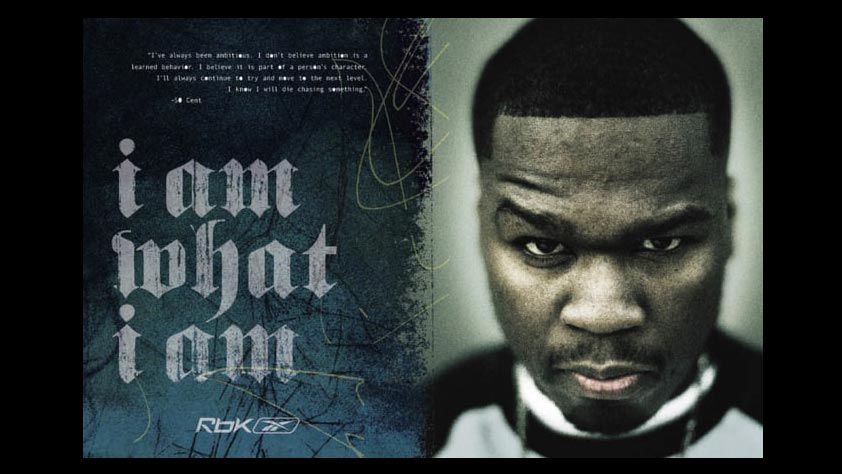5 ads that tried to be cool, but failed
Over the years, many highly successful advertising campaigns have either surfed the wave of popular culture, or in some cases, managed to subvert the status quo and garner a cult following all of their own.
A great ad can be an artform in its own right, boosting a brand’s credibility by combining a killer idea with skilful execution and top production values.
At the other end of the scale are ads that don’t aspire to brand-inflating greatness. Their purpose is to sell based on simple facts, or price points, or some other quantitative hook. They might not win awards, but they can be effective.
Where it goes spectacularly wrong, as it did for Pepsi’s hastily pulled Kendall Jenner vehicle, is when an ad aims for the stars, but shoots itself straight in the foot instead.
This can be particularly cringeworthy when brands attempt to engage with, or appropriate, counter-culture movements – not often a happy bedfellow with adland. Here are some examples that came short of the mark… For the other end of the scale, see the best print ads and the best adverts.
01. Burger King decides to confuse its audience
If you were watching this year's Super Bowl ads, you would have seen an experimental advert of late pop art icon Andy Warhol tucking into a Whopper from Burger King. In a slot where 30 seconds can cost upwards of $5 million, the unhurried footage of Warhol eating a burger accompanied by the hashtag #EatLikeAndy was a costly risk that left viewers unimpressed and confused.
The 45-second trailer led to an increased level of negative sentiment towards the Burger King brand on the night, while social media data revealed that a quarter of viewers had an unfavourable reaction towards it.
Daily design news, reviews, how-tos and more, as picked by the editors.
On top of this, the advertising analytics firm Ace Metric revealed that the clip was the weakest-performing restaurant ad since 2010. To add insult to injury, USA Today's Ad Meter ranked it the lowest-scoring Super Bowl ad of 2019, placing it last in the 58th spot.
We can't say we blame Burger King for trying though. If your brand has archive footage that connects your product to one of the most famous artists of the 20th century, you'd be foolish not to use it somehow. Although perhaps a little bit more effort and explanation would have helped this Burger King ad stick its landing.
The negative reaction doesn't seem to have phased Burger King's marketing team though. Instead, they feel that it succeeded in changing perceptions towards the brand and creating a conversation around its products. And with searches for Andy Warhol spiking after the ad aired, it looks like it 'worked' in this way at least. Maybe we're already living in the future of fickle fame Warhol warned us about.
02. Pepsi tries to bring people together
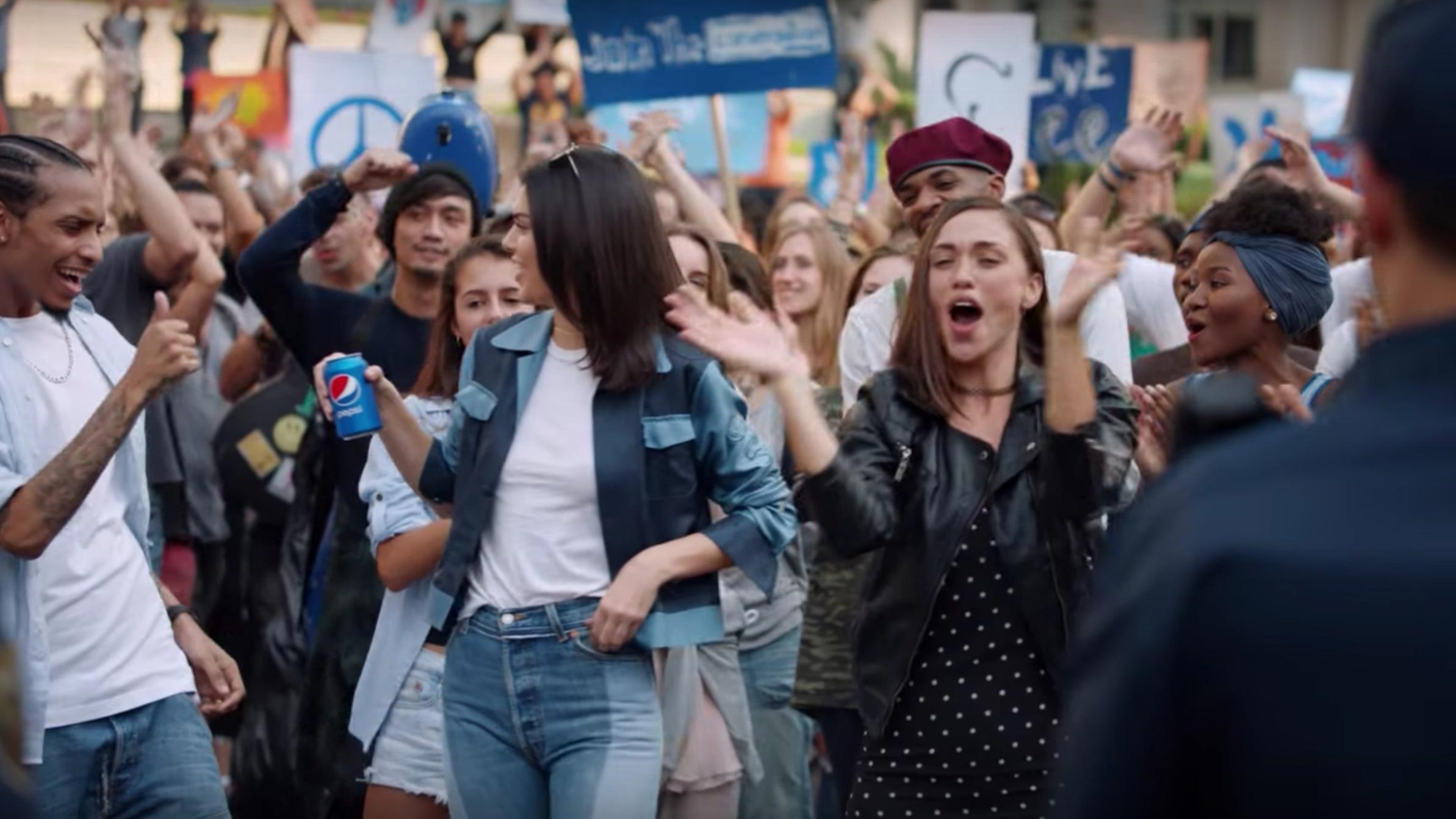
Unless you were under a stone in 2017, you’ve heard about this one. And it’s perhaps most grating for Pepsi that comparisons with its bitter rival Coca-Cola, and particularly its iconic 1971 ‘Hilltop’ spot, are all too easy.
Hilltop will be familiar to Mad Men fans. After going off the radar and embracing a New Age lifestyle, Don Draper is meditating on a hilltop when a knowing smile comes over his face, and it cuts to the iconic ad – implying that his own personal experience with counter-culture translated onto the screen as one of the most iconic ads of all time. There's a twist of ambiguity, however: did Draper have an epiphany about cross-cultural unity, or just shrewdly appropriate the hippy zeitgeist that he’d witnessed just to shift some cola?
In reality, McCann Erickson’s Bill Backer got the inspiration when he was stranded at an airport and spotted a group of his fellow passengers laughing and bonding over bottles of Coke. It was a simple observation about how the brand could bring people together, expressed at a time when protests against the Vietnam War were coming to a head in the States, promoting unity and peace over division and war.
Crucially, however, it was an abstract message, told through song, sentiment and simple but beautiful filmmaking. Over 45 years later, Pepsi's in-house ad was both heavy-handed and trite against the backdrop of another hugely turbulent period of political protests, from the Black Lives Matter movement to anti-Trump marches and more.
Handing a Pepsi to a riot gear-clad cop to diffuse a pretty anodyne, corporate-feeling ‘protest’ is far too literal a metaphor, and as industry commentators have reported in unison, is spectacularly tone-deaf in terms of how the brand tried to position itself as a catalyst for unity and harmony – especially when compared to that Coca-Cola spot.
It even had the dubious honour of being ripped into by Saturday Night Live:
03. Sony attempts to tap into graffiti culture
Pepsi received plenty of flak for its ad, but it’s far from alone in missing the mark when it comes to tackling counter-culture references.
Another global corporate behemoth that tried to take its marketing to the streets in a different way was Sony. In an attempt to engage with the urban youth market for its PSP handheld console back in 2005, the Japanese tech giant decided to pay graffiti artists in key cities to spray its message on selected buildings.
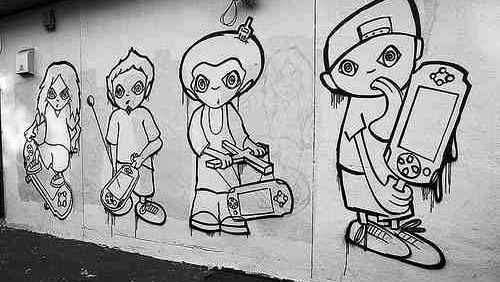
It was a direct assault on rival Nintendo’s grip on the handheld gaming market, and made use of original commissioned artwork, depicting kids treating PSPs like skateboards, ice creams, rocking horses and more – without Sony or PSP branding anywhere.
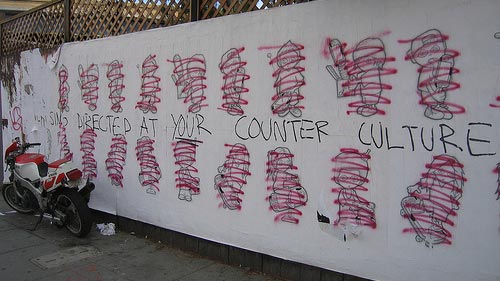
But the urban youth market was too savvy to be fooled and many of the images were subsequently vandalised, directly calling the scheme out as "advertising directed at your counter culture”, thus neutralising any stealth marketing value they may have had.
04. Reebok risks glorifying gun violence
So far we’ve had street protests and street art. But sportswear brand Reebok went the whole hog, and decided to take on street shootings. Brand association with hip-hop culture is nothing new, and there have been plenty of notable successes, but this particularly gritty choice of content backfired in Reebok's infamous 50 Cent-fronted ad.
Part of Reebok's global ‘I am what I am’ campaign, the spot focused mostly on how the rapper had been shot nine times, and even used the phrase ’Who do you plan to massacre next?’ (albeit in the context of 50 Cent's next album release).
The ad was pulled after attracting widespread criticism for portraying gun violence as edgy and cool with a view to selling trainers; another example of how an attempt to align with counter-culture can backfire very expensively for a brand if it’s not pitched carefully.
05. Rappers refuse to sell out for McDonald's
Controversial or not, at least 50 Cent agreed to the Reebok spot in the first place. This cringeworthy attempt at stealth marketing didn’t even get off the ground, but unfortunately the backlash happened anyway.
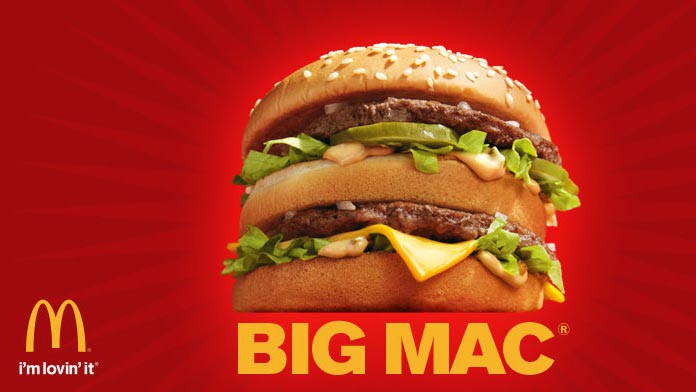
Marketing firm Maven Strategies attempted to replicate its success in getting product placement for Seagram's Gin worked into the lyrics of top rappers such as Kanye West and Petey Pablo with another, rather less edgy client: McDonald’s.
Various big-name rappers were approached to name-check the Big Mac in their tracks, and would be paid for every play. But details of the stealth marketing plan made their way onto the internet beforehand, and not a single high-profile rapper would touch the offer with a bargepole. The campaign imploded before it started.
The lesson here, similar to the Sony example, is that attempting to infiltrate the counter-culture space through the back door is rarely a good idea, as people will be all too ready to call BS the first chance they get.
This article was originally published in 2017 and has since been updated.
Read more:

Nick has worked with world-class agencies including Wolff Olins, Taxi Studio and Vault49 on brand storytelling, tone of voice and verbal strategy for global brands such as Virgin, TikTok, and Bite Back 2030. Nick launched the Brand Impact Awards in 2013 while editor of Computer Arts, and remains chair of judges. He's written for Creative Bloq on design and branding matters since the site's launch.

